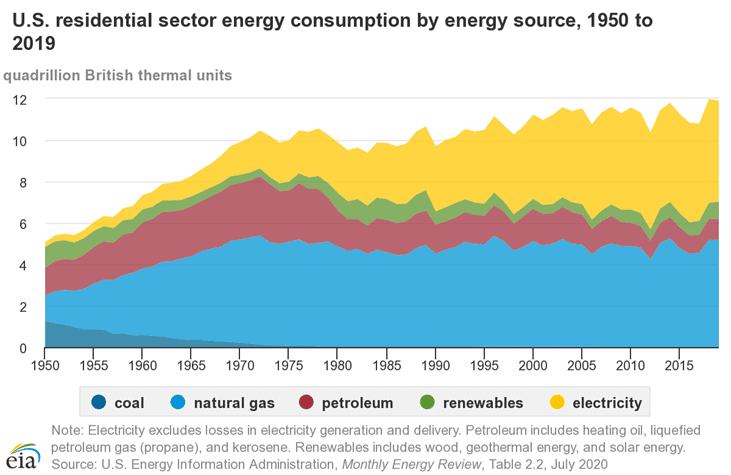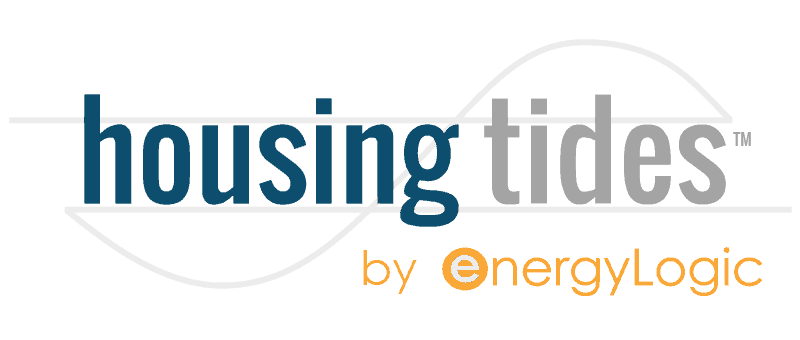We've made meaningful progress in residential energy efficiency, and there's potential for much more.

Published February 25, 2021
The challenge of defining U.S. Residential Energy Efficiency Policy
Several years ago, I was invited to come to Taiwan to present to a group of green building professionals. It was an exciting opportunity. The only problem was that I was asked to discuss U.S. Residential Energy Efficiency Policy. I couldn't define it then, and I can't define it now. We have national requirements for appliance and equipment standards, but we don't have an overarching residential (or really any building type) energy efficiency policy. We have a crazy, mixed-up, patchwork quilt of state and local policies. And that is both terrible and wonderful.
Victories in Efficiency

As shown in this graph from eia, residential energy use has stayed relatively flat since the 1970s, despite increasing home sizes.
Solar Energy is a Game Changer
We know that we can build homes far more efficiently than we do today. It's true in every climate and every part of the nation. In fact, we can build to Net Zero anywhere and everywhere. It's not a question of "if we can," it's a question of "when we will."
The advent of affordable solar energy has made this potential a real one.
It's not even a very complicated formula:
- We know how to build incredibly efficient building envelopes that work in any climate.
- We can meet the heating and cooling needs of these homes with very efficient equipment.
- We have solar to close the gap to zero.
What are the Roadblocks?
With all that in mind, it’s clear that we know how to build more energy efficient homes, but what will it cost?
Housing attainability is already a vast and growing problem. Over the past decade or more, several factors have incrementally added to the cost to build a home today. Energy efficiency is one part of that increase. But how much of a part, in comparison to other factors?
We'll dig into that question in an upcoming piece.
Ready to explore the depth of data in Housing Tides?
Sign-up for a Housing Tides account to access the interface and dive into the data!
For a limited time only, we're offering complimentary access to Housing Tides. Don't miss out!




